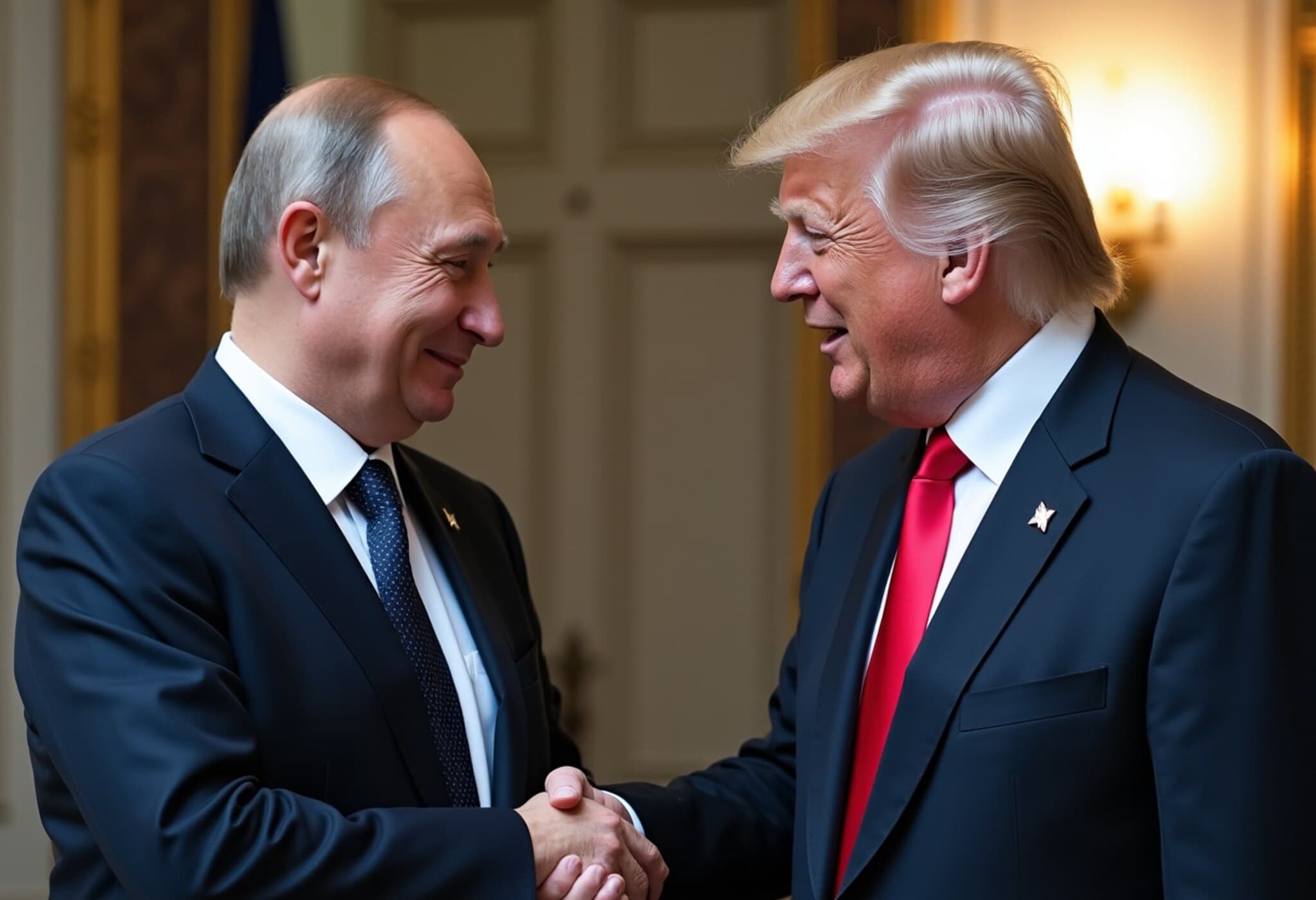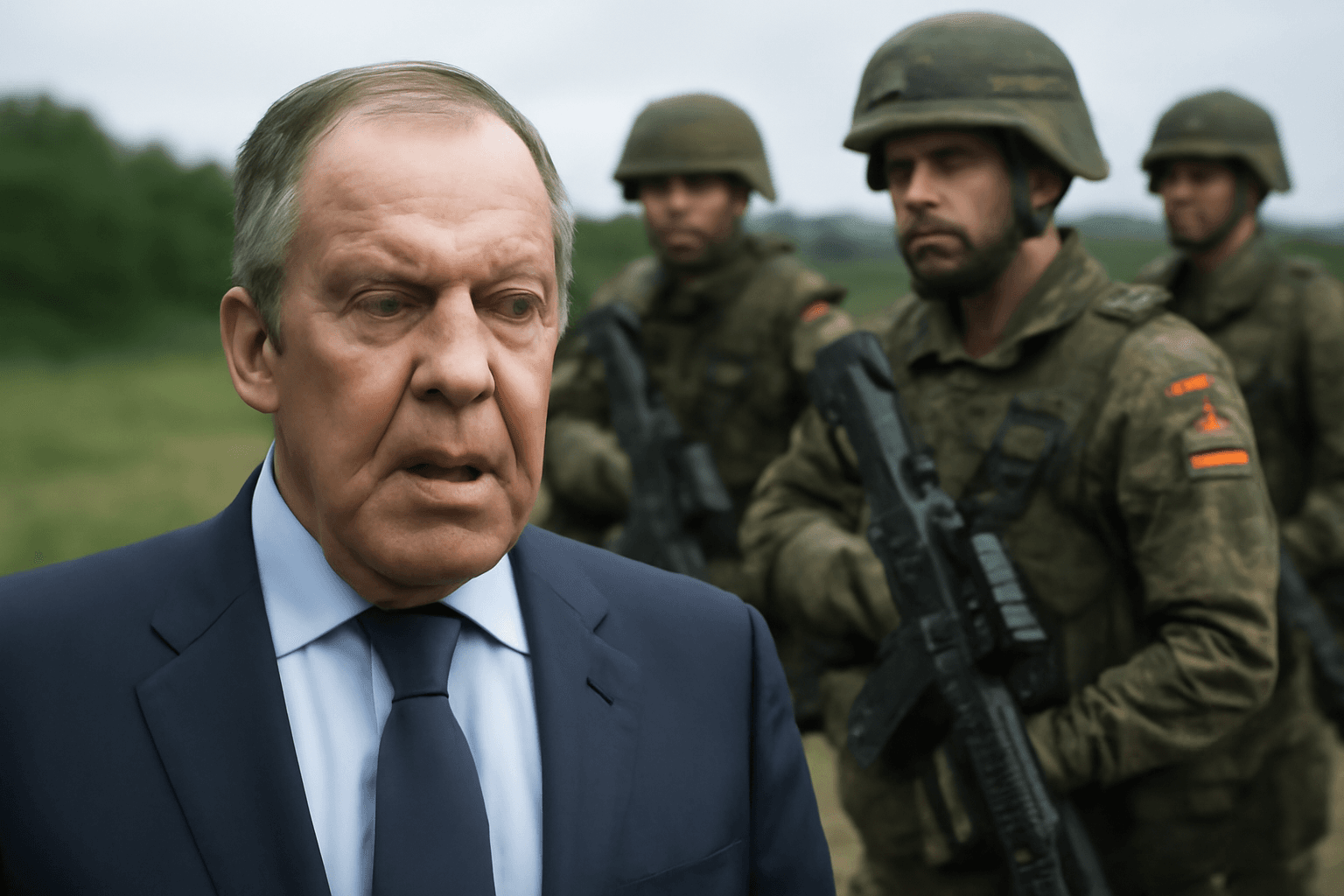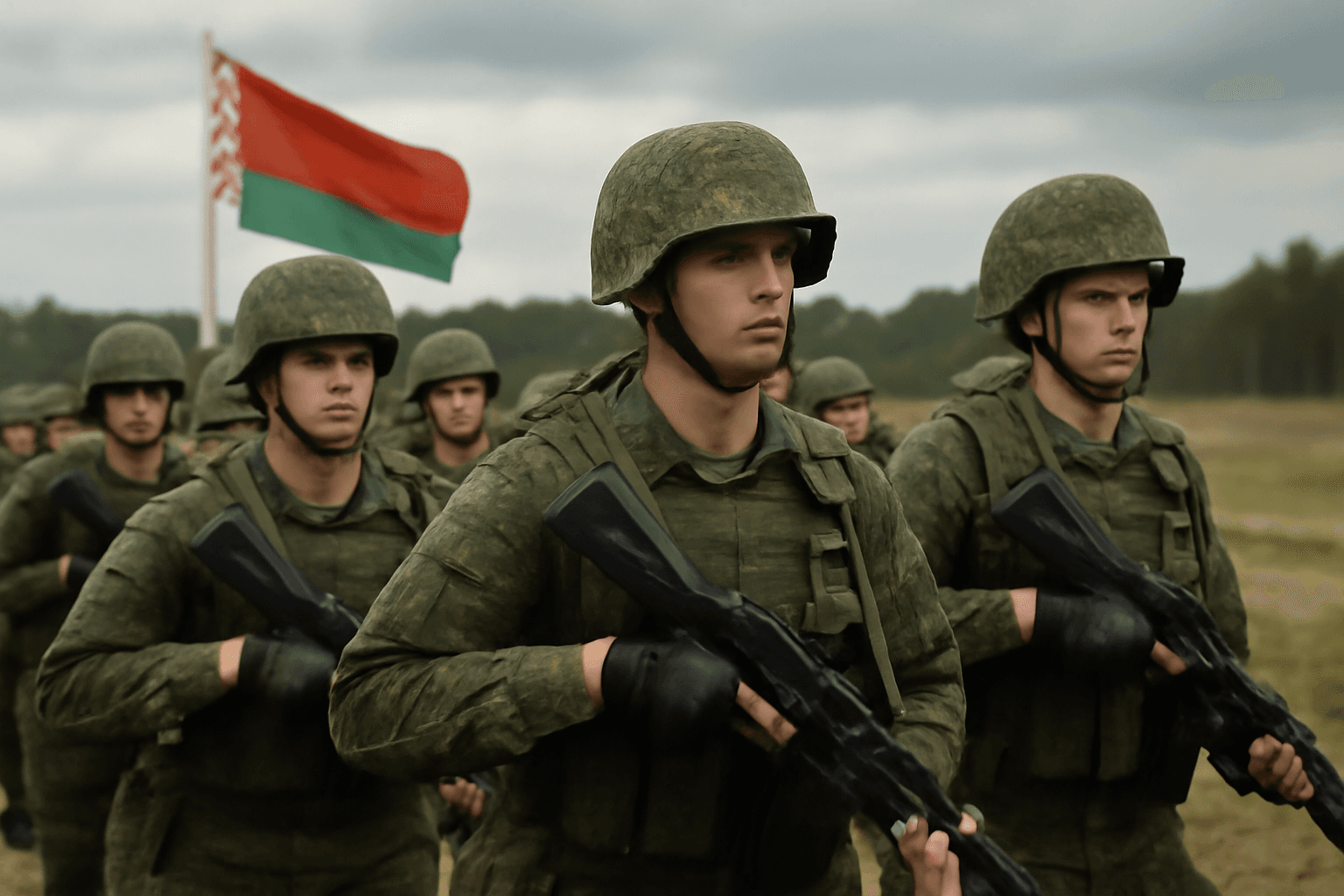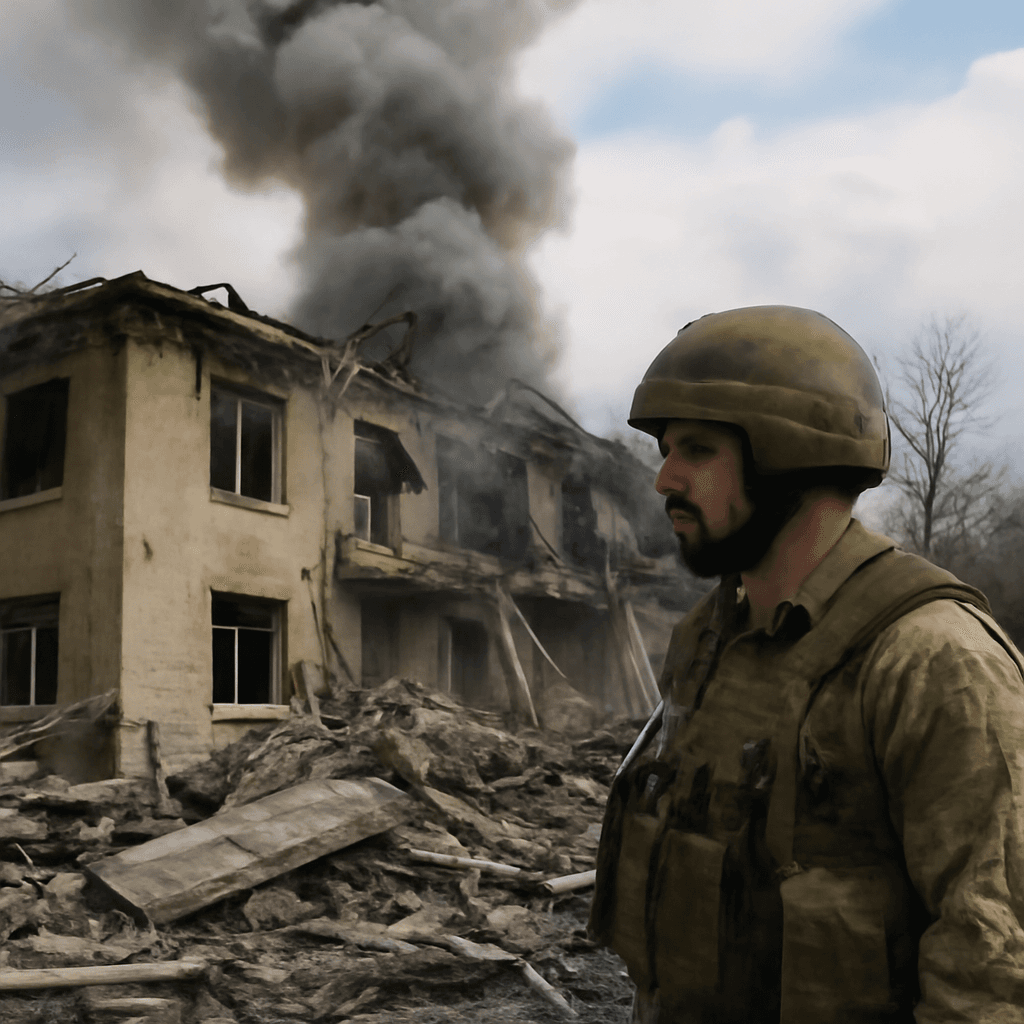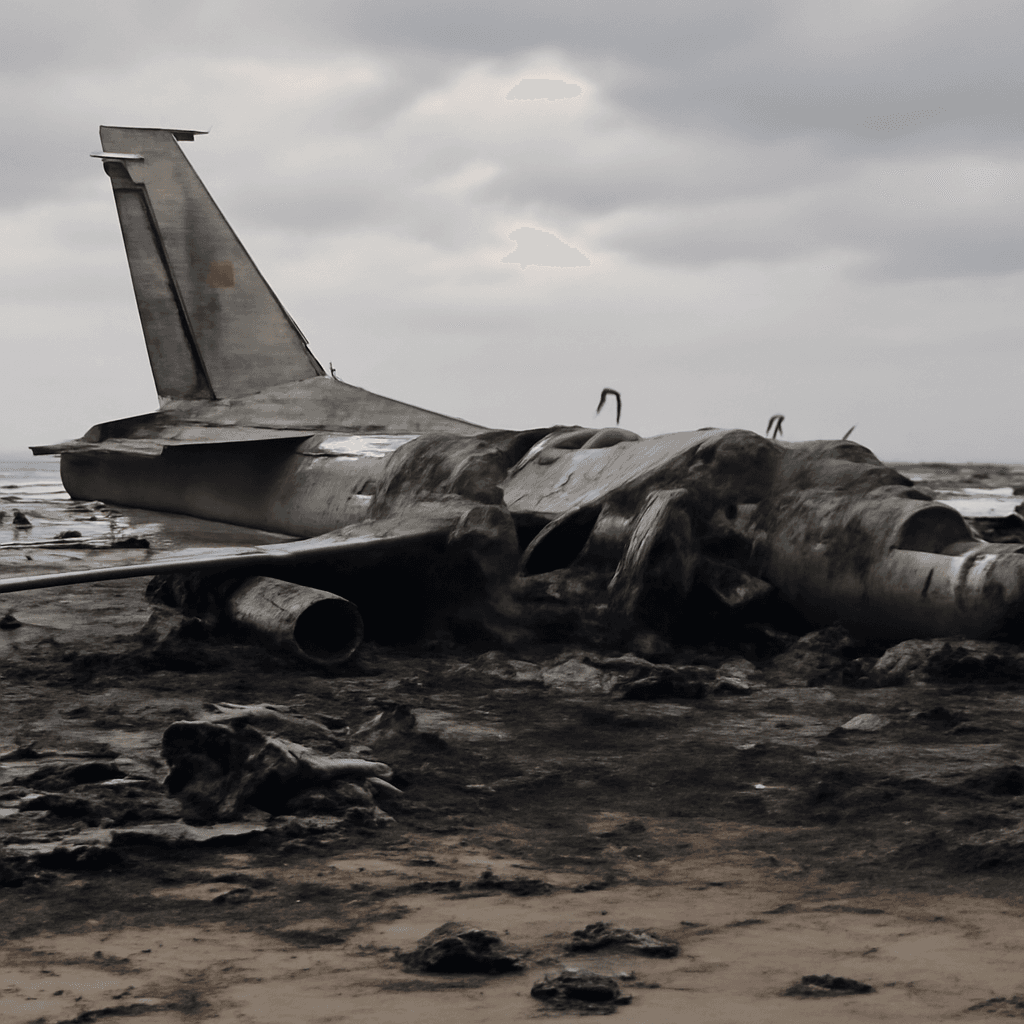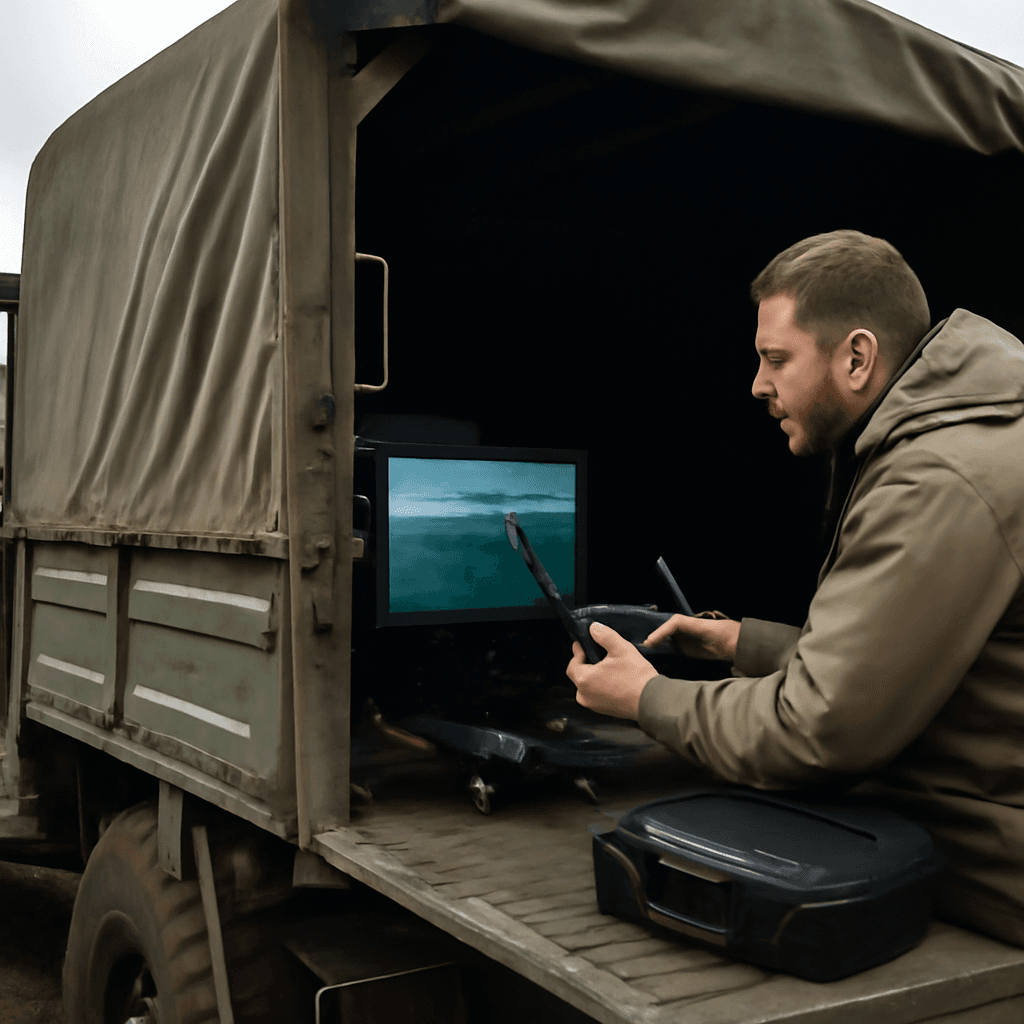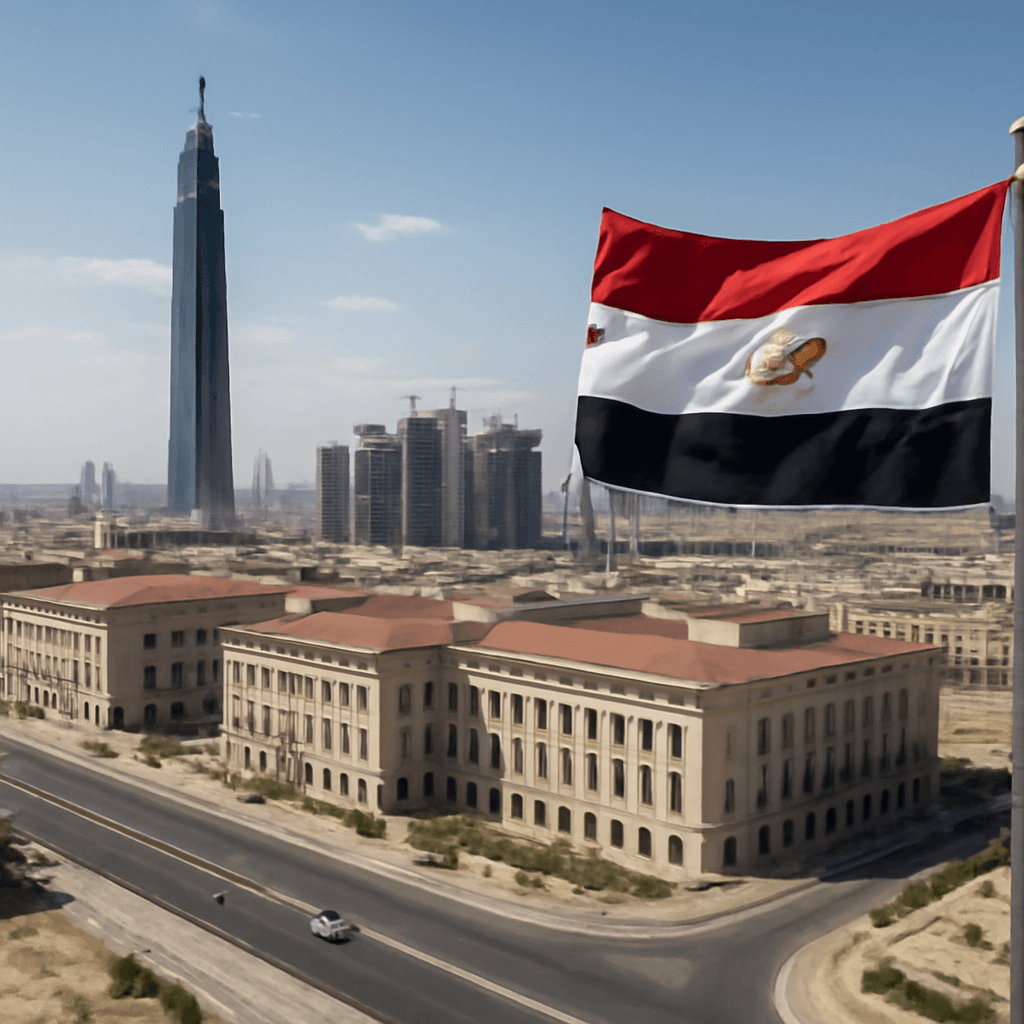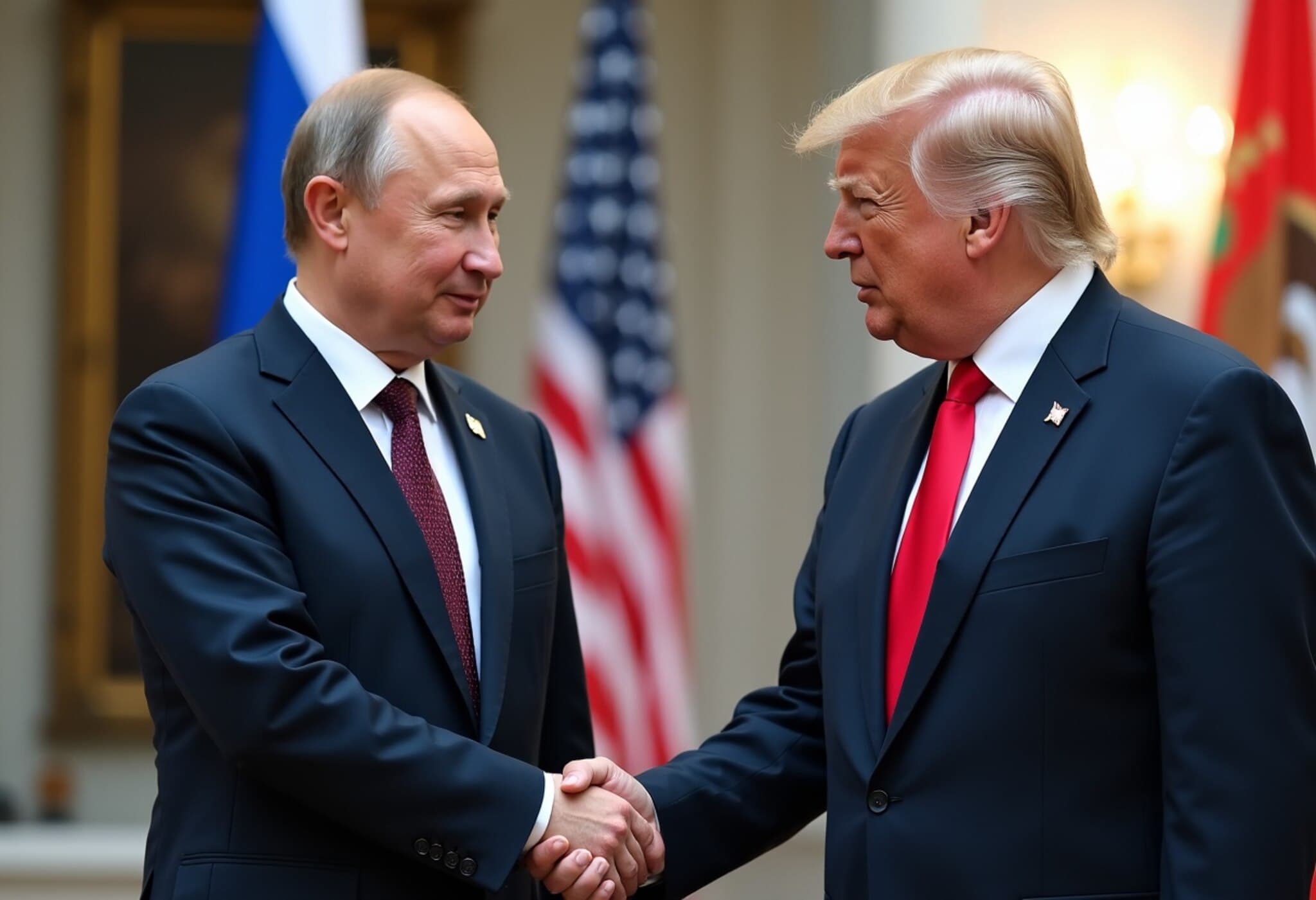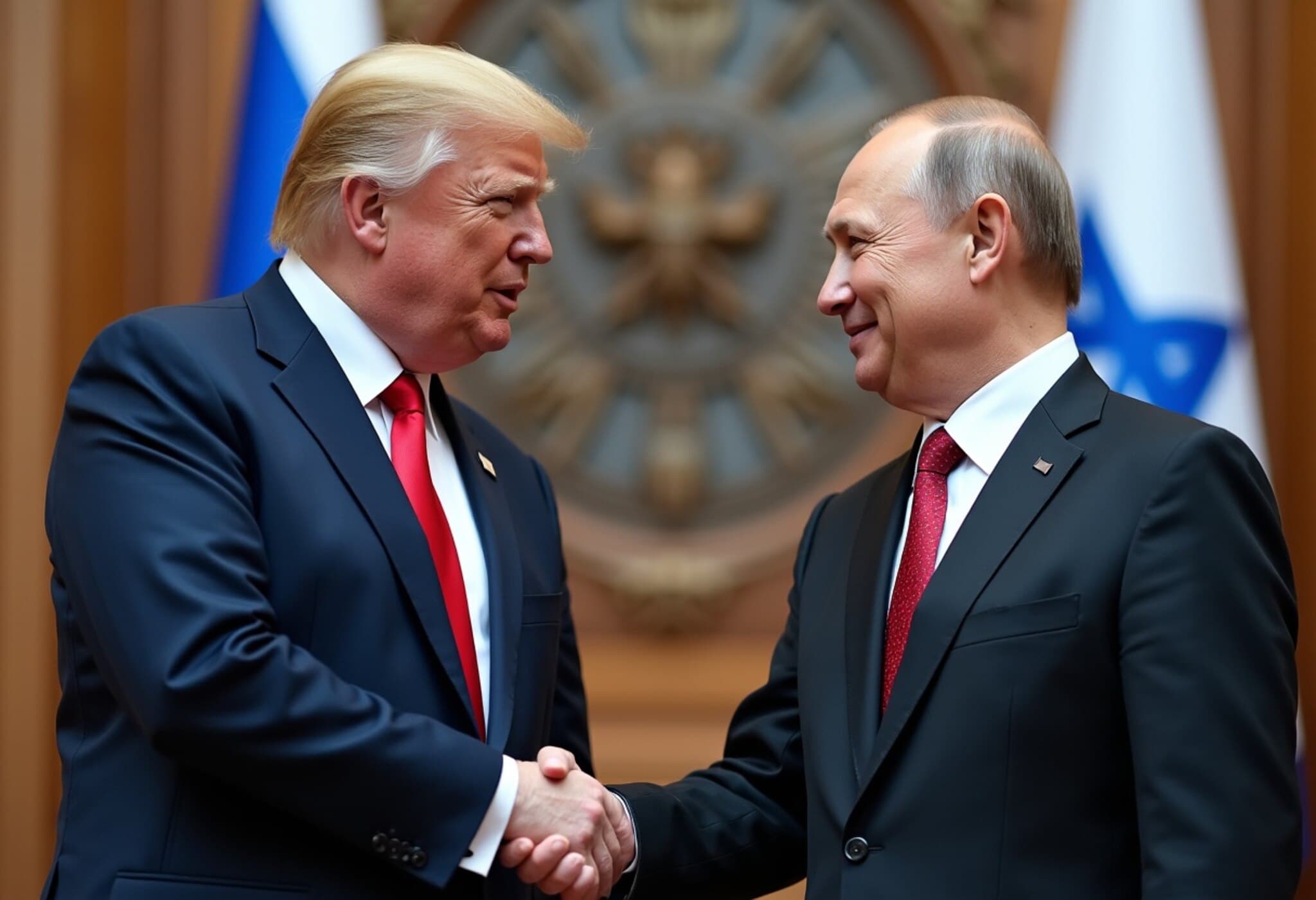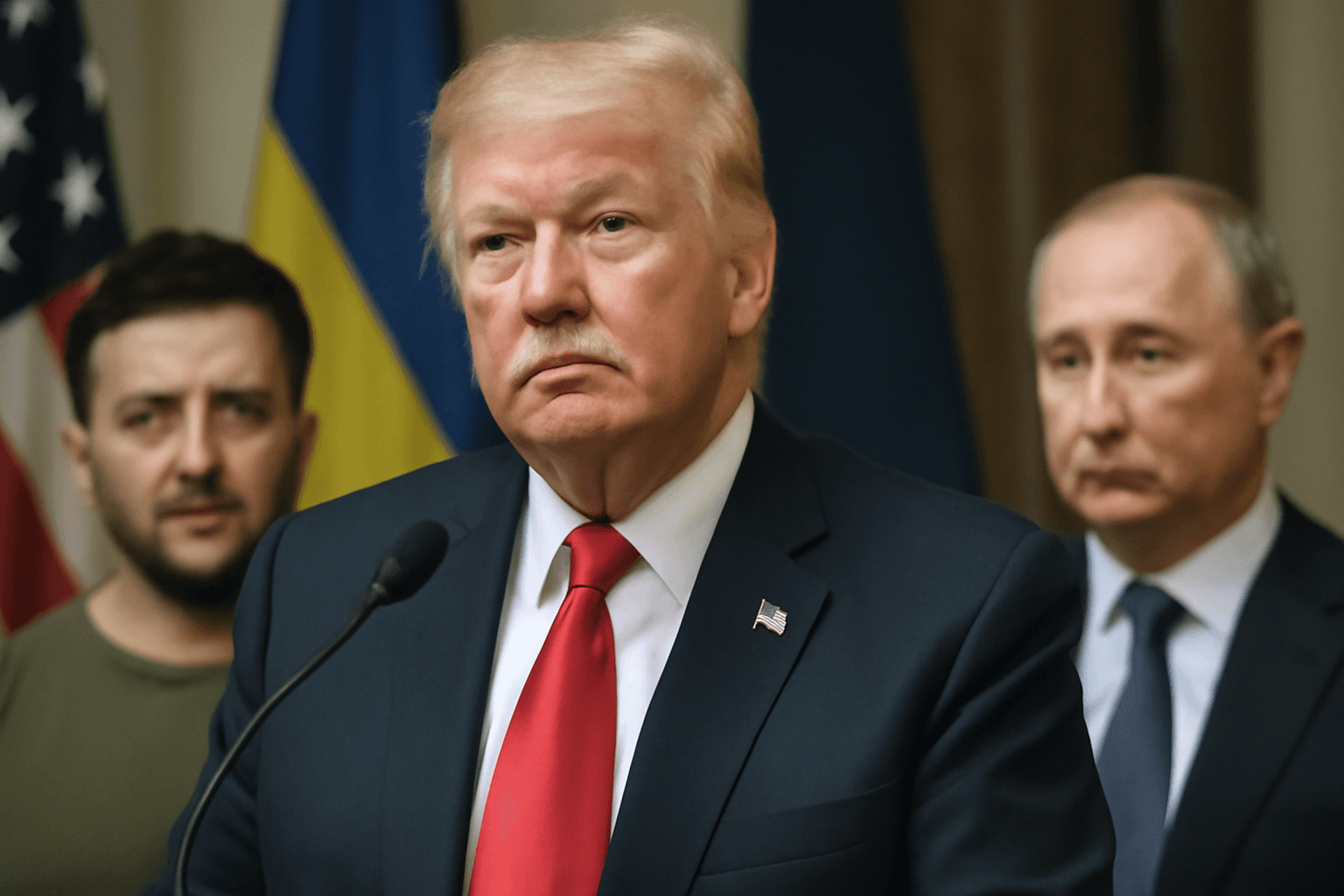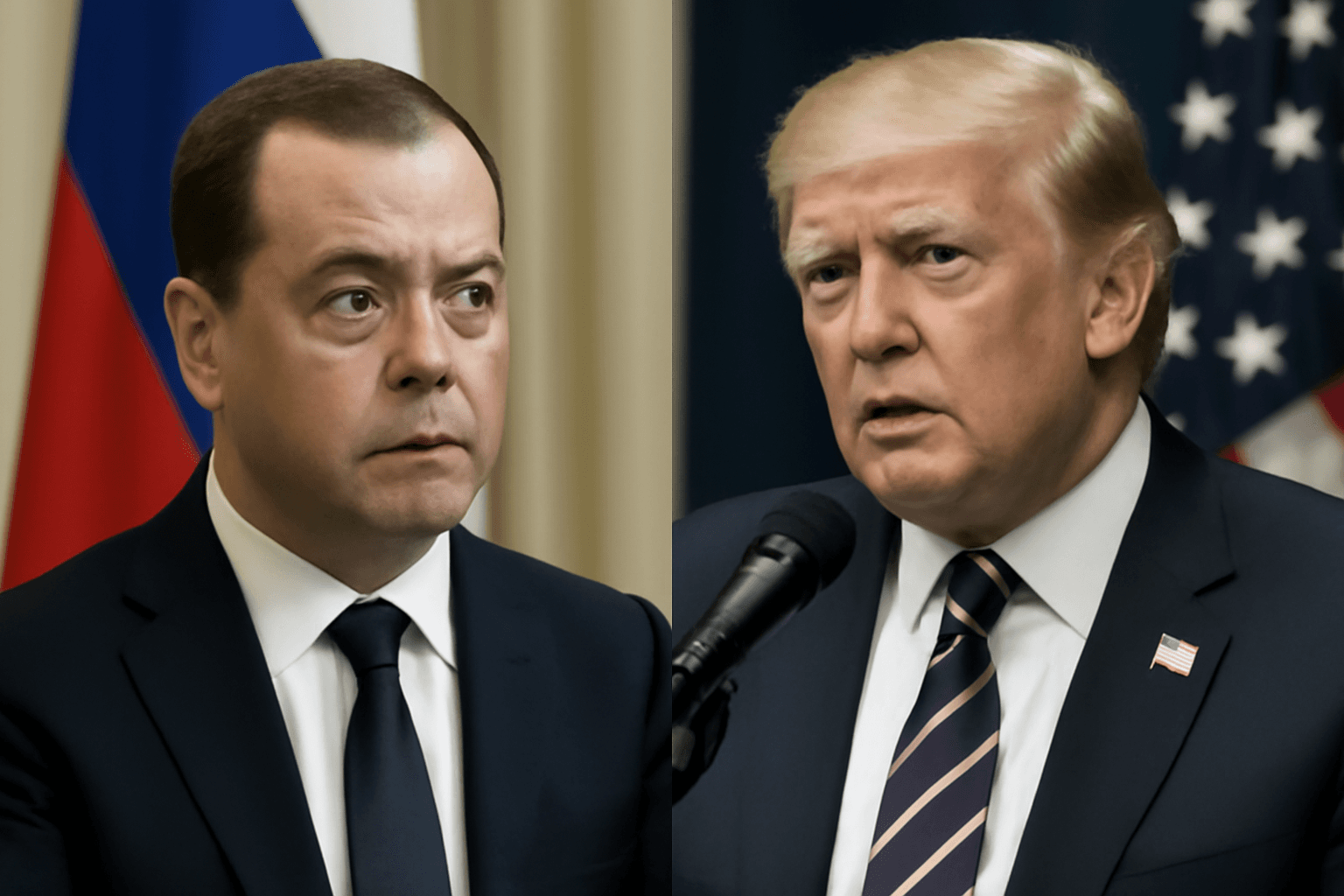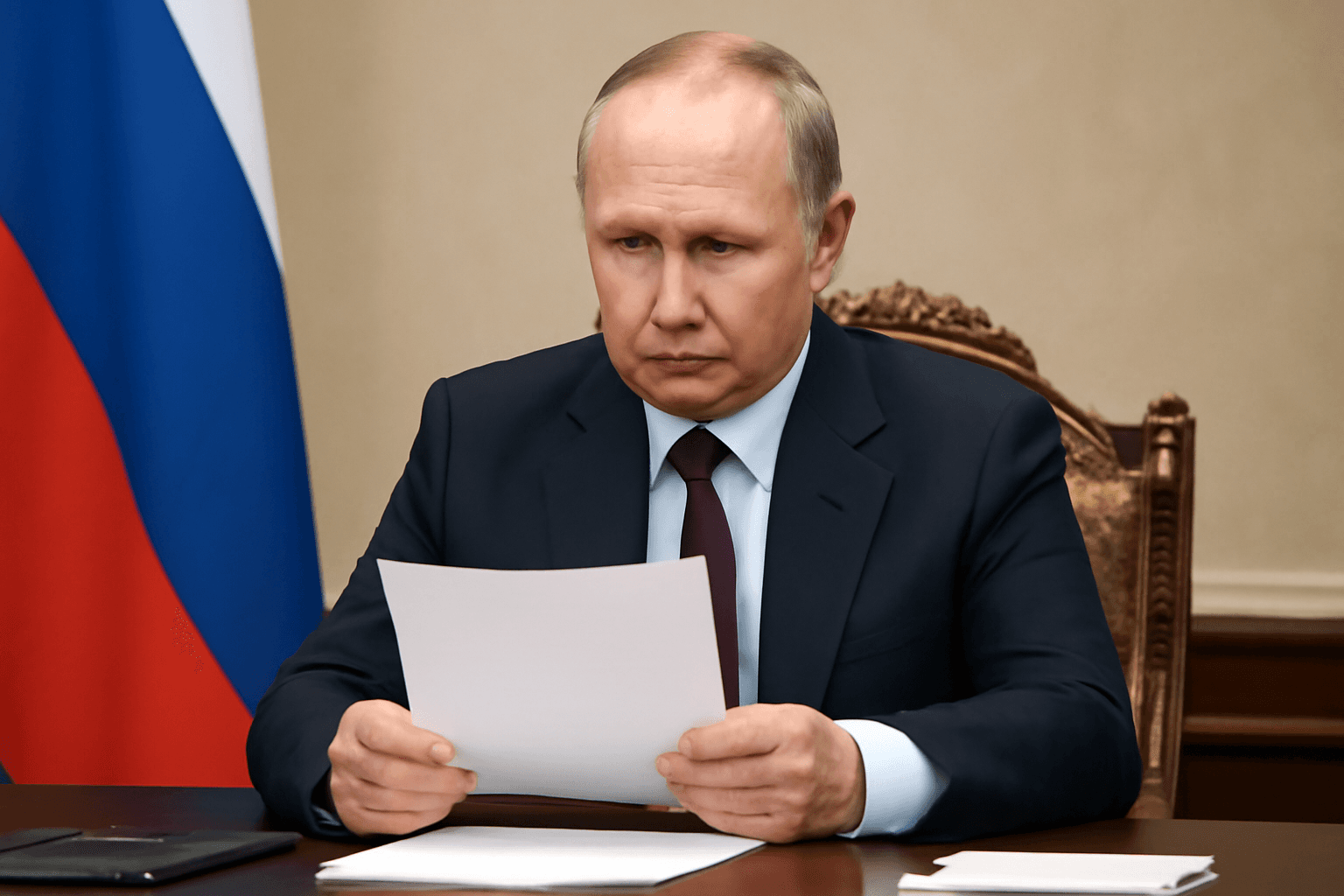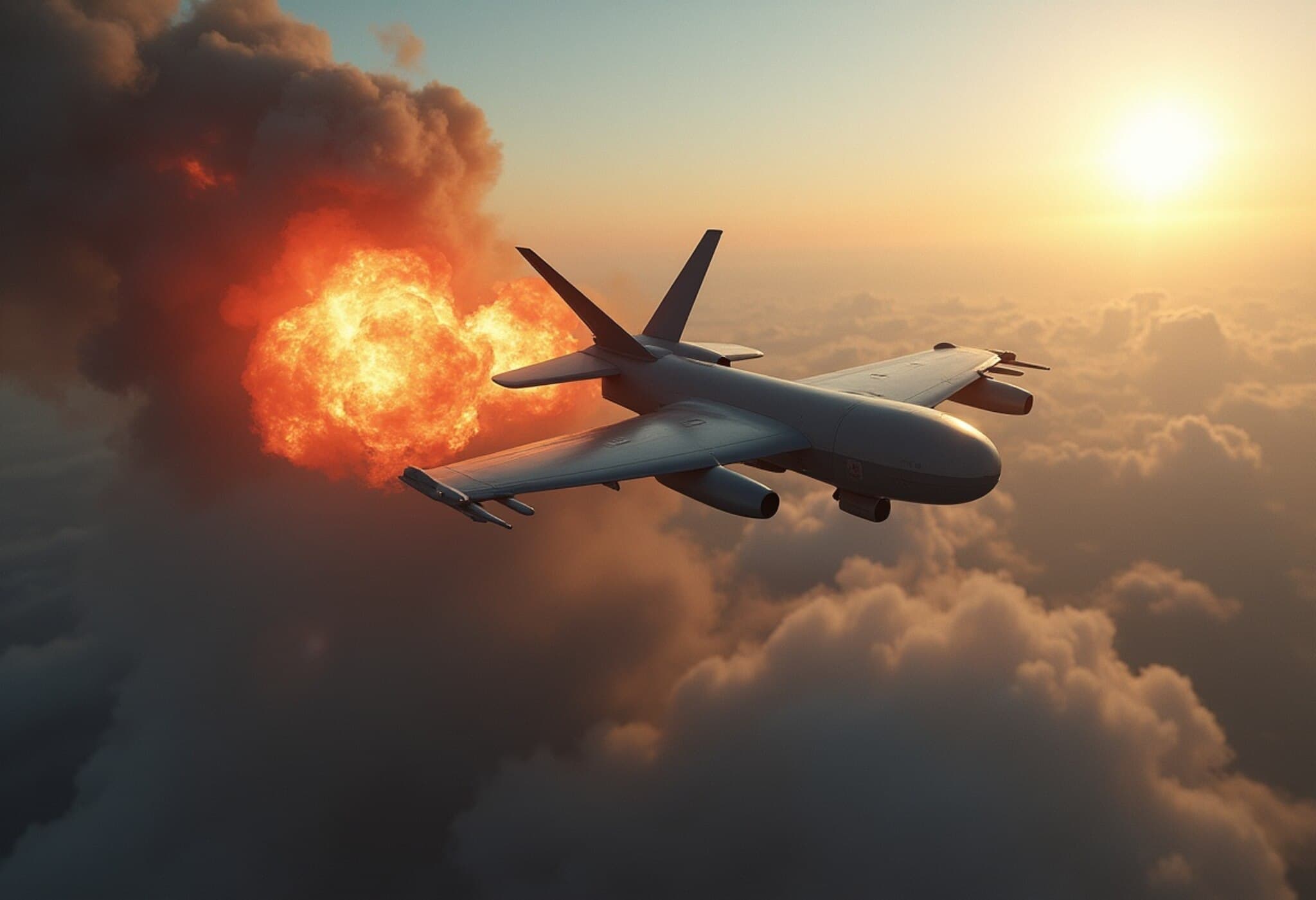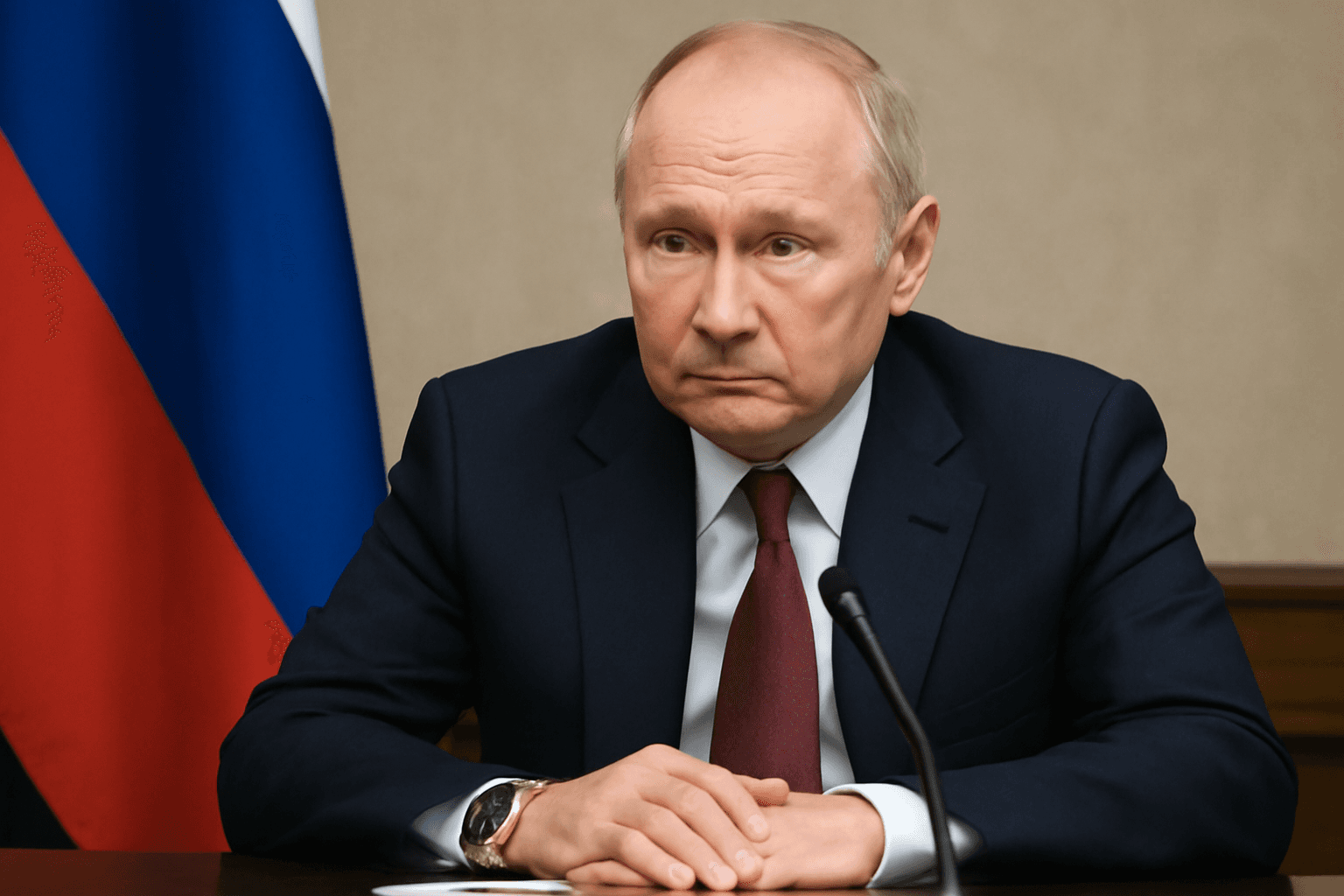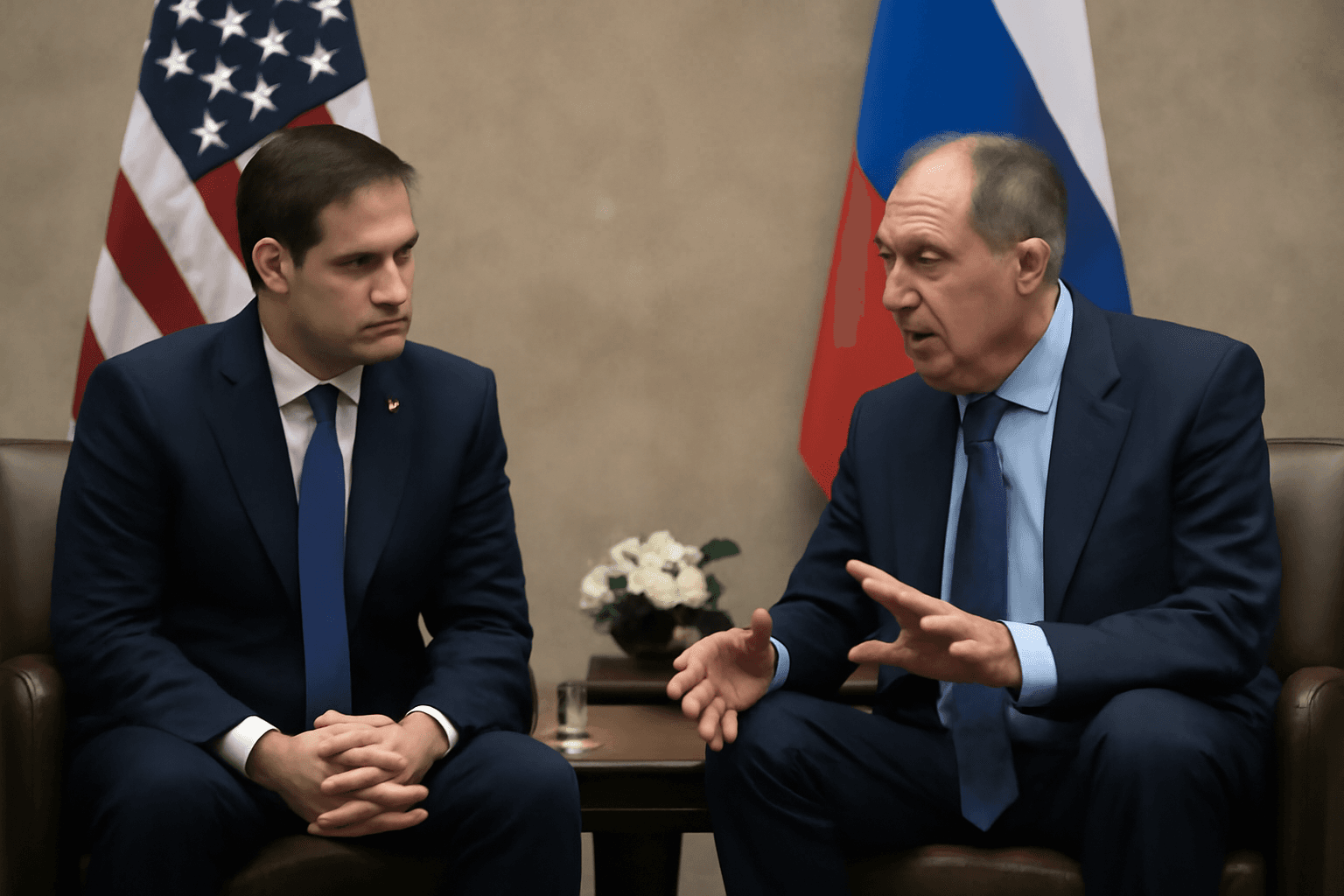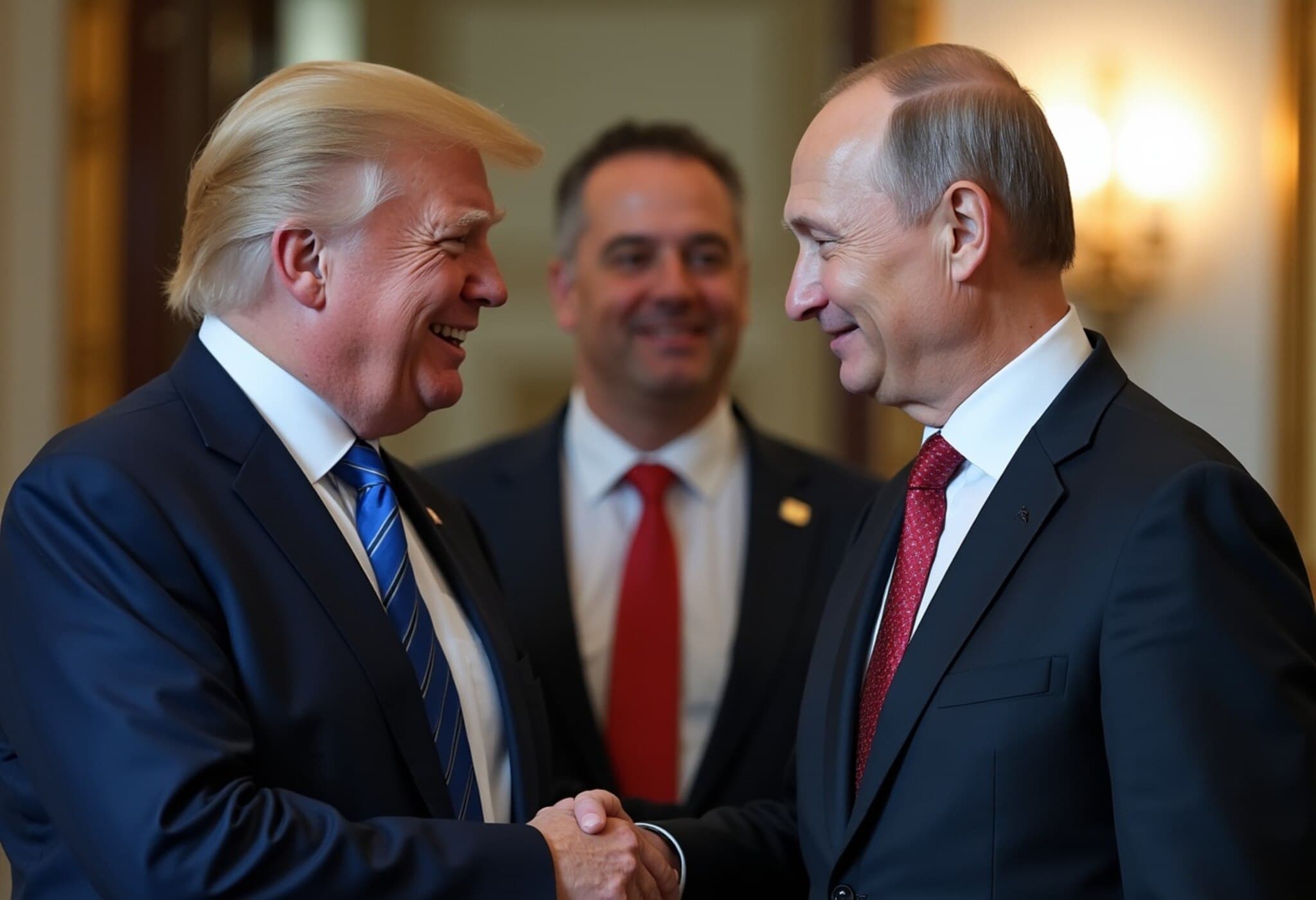Understanding the High-Stakes Summit Between Putin and Trump
In a world captivated by geopolitical chess, the upcoming summit between Russian President Vladimir Putin and former U.S. President Donald Trump in Alaska signals a pivotal moment in the ongoing conflict in Ukraine. Scheduled for Friday, this face-to-face meeting aims to open channels toward ending a brutal war that has stretched for over three years, yet skepticism abounds about whether it will yield any genuine progress.
Is Putin Playing a Long Game?
Despite Western impressions framing Putin as isolated or weakened, seasoned analysts caution against underestimating his diplomatic acumen. Putin approaches this summit with tactical savvy and a well-honed ability to leverage negotiations, particularly with Trump, whose transactional style offers clear avenues for exploitation.
Experts like Tina Fordham of Fordham Global Foresight emphasize that Putin does not regard Trump as a formidable adversary; rather, the leader sees the meeting as a low-cost photo opportunity to reinforce his own image. Over the challenging summer months, Russia escalated attacks, notably striking Ukrainian urban centers and triggering frustration—not just within Kyiv but reportedly for Trump himself.
Key Reasons Putin May Resist a Genuine Peace Deal
- Military Leverage: Despite setbacks and high troop losses, Russian forces retain strong positions in key occupied areas of Ukraine’s south and east, giving Moscow battlefield confidence.
- Strategic Depth: Russia’s capacity to mobilize additional troops and sustain operations suggests it sees benefits in prolonging the conflict.
- Political Advantage: Concessions favoring Russian territorial gains would undermine Ukraine’s sovereignty—a goal Moscow is unlikely to abandon easily.
Russia’s Broader Diplomatic Ambitions
Beyond Ukraine, Putin is expected to widen discussions toward strategic geopolitical and economic cooperation with the U.S.—including energy partnerships and potential arms control frameworks—hoping the Trump administration’s deal-driven philosophy will yield favorable outcomes.
As Andrius Tursa from risk consultancy Teneo notes, the Kremlin’s objectives likely include securing territorial and political concessions from Kyiv and curtailing Ukraine’s military capacity, under the cover of transactional diplomacy.
Putin’s Negotiating Style: A Balancing Act of Give and Take
Christopher Granville of TS Lombard underscores Putin’s skill in creating illusions of compromise. By offering minor territorial adjustments or symbolic concessions, Putin can portray a picture of mutual negotiation, even if the fundamental balance of power remains skewed in Russia’s favor.
Trump’s Vulnerabilities in the Talks
One significant factor shaping Putin’s calculus is his perception of Trump’s reluctance to impose harsher sanctions directly on Russia despite Moscow’s refusal to embrace a ceasefire. Instead, Trump has targeted Russia’s partners, like India, straining Washington’s relationships elsewhere.
Fordham highlights that this hesitancy signals a hidden weakness in Trump’s stance—while escalating pressure on allies, the U.S. president appears wary of confronting Putin head-on.
Moreover, Trump’s controversial remarks about Ukraine potentially trading territory escalate concerns among European allies, who fear premature concessions that could embolden Moscow and destabilize the region further.
The Economic Underpinning Behind Putin’s Strategy
While Putin seems militarily poised, the Russian economy is under strain from international sanctions, soaring inflation, and labor shortages. As Richard Portes from London Business School points out, Russia faces fiscal deficits aggravated by plunging oil revenues and global price fluctuations.
This economic fragility creates a paradox. Putin may appear strong on the battlefield but faces mounting domestic pressures, perhaps motivating him to seek an “off-ramp” via negotiations—though only on terms that protect Russia’s core interests.
Could Energy Sanctions Be the Bargaining Chip?
Michael Froman, former U.S. trade representative, speculates that a ceasefire might become palatable to Putin if the U.S. agrees to ease sanctions, particularly those capping Russian oil exports. Such a deal could mark progress but risks tying peace to concessions that may prove unsustainable or controversial.
Looking Ahead: What Does the Summit Mean for Global Diplomacy?
As leaders convene, the world watches a complex interplay of power, negotiation, and strategy. The Alaska talks embody more than a bilateral dialogue; they are a microcosm of broader dynamics involving energy markets, alliance politics, and geopolitical influence.
Though skeptics question the summit’s potential for lasting peace, it offers a platform to reassess global approaches to the Ukraine conflict and the shifting landscape of U.S.-Russia relations.
Editor’s Note
The Putin-Trump summit in Alaska is a masterclass in geopolitical strategy, blending military realities with economic and diplomatic pressures. While Putin enters with apparent leverage, underlying economic vulnerabilities suggest a cautious openness to negotiation—provided Russia’s strategic interests are safeguarded. Observers should remain vigilant: true peace requires not just agreements but enforcement, inclusivity of key stakeholders (like Ukraine and Europe), and balancing power with principle. The summit may spark debate, but its outcomes will ripple across future conflict resolution efforts and global diplomacy.

